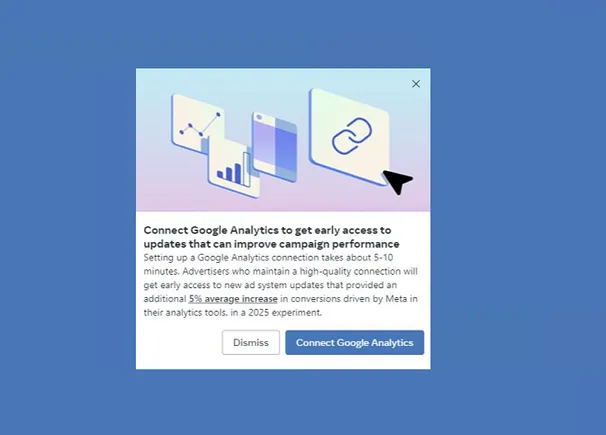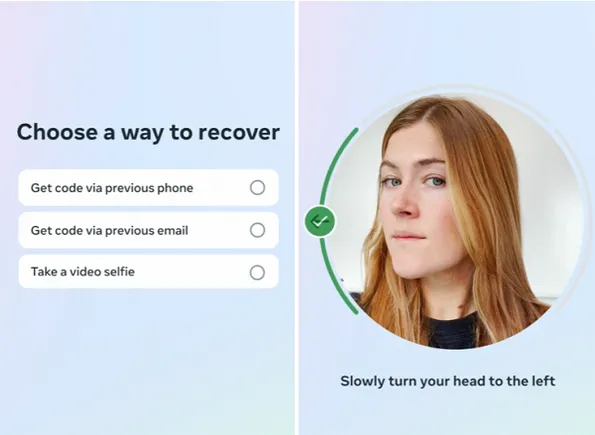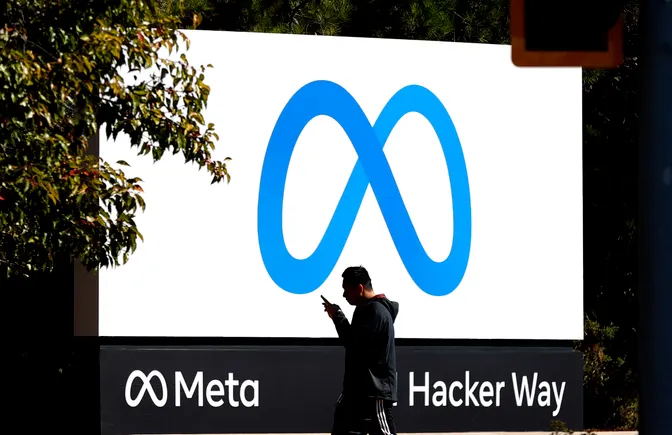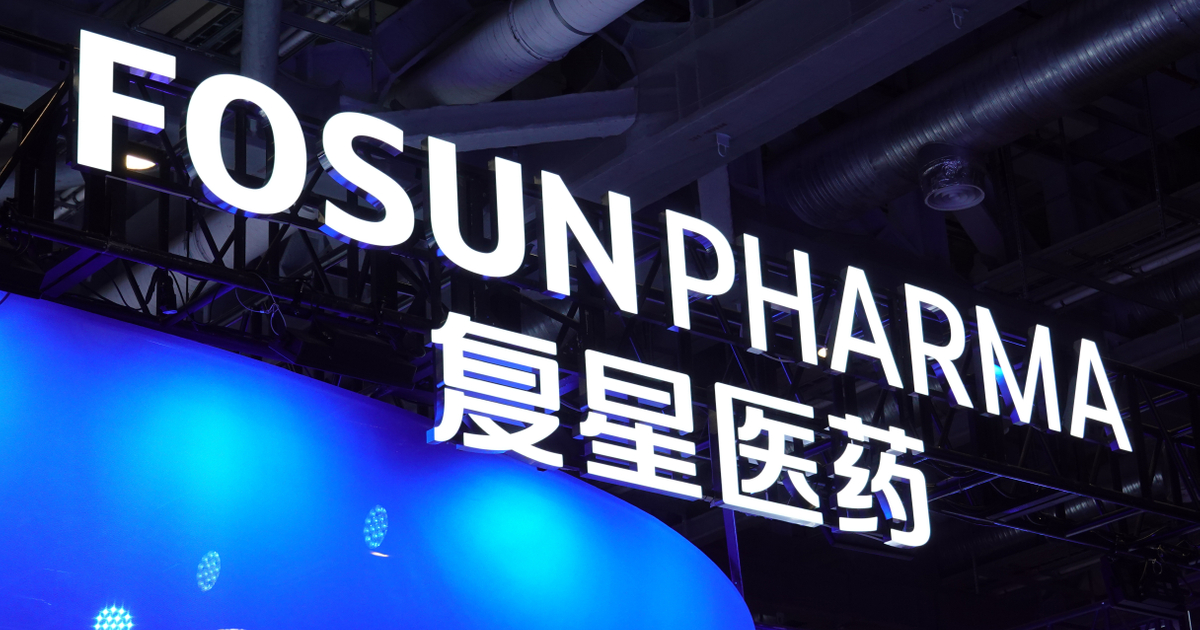Domino’s Marketing Strategy: Delivering More Than Pizza
When you think of Domino’s (and its marketing strategy), you might jump to their pizza tracker, emoji orders, largest pizza chain in the world, or driverless delivery cars. Actually, there’s way more cooking behind the scenes. Domino’s masters the...
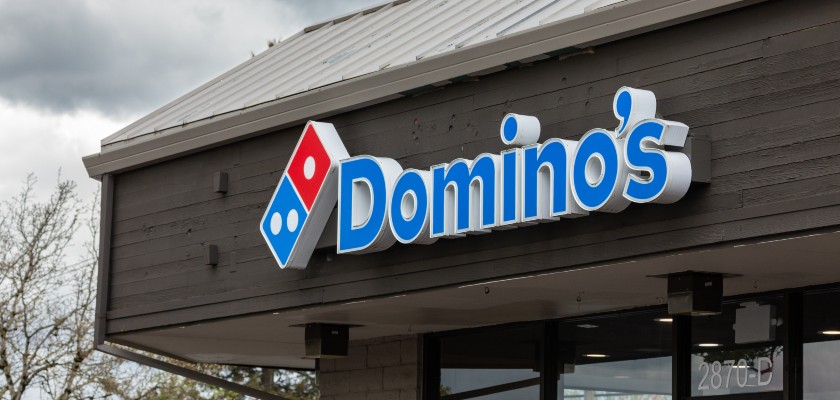
When you think of Domino’s (and its marketing strategy), you might jump to their pizza tracker, emoji orders, largest pizza chain in the world, or driverless delivery cars. Actually, there’s way more cooking behind the scenes.
Domino’s masters the art of consumer trust, brand storytelling, and value-first marketing.
So, it’s not only about delivering pizza to doors but about being the brand people turn to when convenience is most important. Let’s break down the key ingredients of Domino’s marketing strategy.
Here’s What You’ll Find
What is Domino’s Marketing Strategy? Domino’s Digital Marketing: A Tech Company That Sells Pizza Domino’s Social Media Strategy Domino’s Marketing Mix Product: A Digital Pizza Experience Price: Dynamic Pricing Strategies Place: Delivery Innovations Promotion: Digital-First Marketing and Engagement Key Takeaways for Marketers & BrandsWhat is Domino’s Marketing Strategy?
Domino’s Pizza is fundamentally a pizza-focused company, but it continually innovates its product offerings and marketing efforts to stay ahead of its competitors like Pizza Hut, Little Caesars, Papa John’s, etc.
After facing criticism in the late 2000s for product quality, Domino’s famously revamped its core marketing strategy with the Oh Yes We Did campaign.
And then what?
Domino’s Digital Marketing: A Tech Company That Sells Pizza
As we stated above, the company has transformed its brand image over the past decade from a traditional pizza chain into what its former CEO, Patrick Doyle, called “a tech company that sells pizza.”
This mindset is evident in Domino’s marketing investments; even though the fast food brand still uses mass media advertising techniques, it mostly focuses on digital channels and interactive campaigns that differentiate it from competitors.
Remember the 2015-dated Tweet-to-Order campaign? Domino’s enables customers to order by just tweeting a 🍕 emoji. And that was just a start.
This Domino’s pizza campaign, of course, generated extensive press and social media buzz, naming Domino’s as the innovator in a category not typically known for high-tech gimmicks.
Domino’s followed up with many other digital-first promotions. The Domino’s AnyWare suite allowed online ordering via smartwatches, Amazon Echo (kind of a voice ordering), Facebook Messenger bots, and more.
All of these digital marketing efforts have been focused on customer relationship management and loyalty. Back in 2019, the brand launched Points for Pies, a loyalty program where customers could scan any pizza to earn points.
It was a bold way to promote Domino’s app and loyalty program, effectively turning a promotional giveaway into a technology showcase.
Another one?
In 2022, the Carryout Tips campaign promised customers a $3 credit toward their next order if they picked up their online order. According to Domino’s website, the campaign, which combined digital and in-store sales, increased carryout sales by 14.6% and generated more than two billion earned media impressions.
As you can see, Domino’s digital marketing strategy does not consist of paid advertising or social media posting.
Let’s now focus on the pizza chain’s social media presence.
Domino’s Social Media Strategy
Domino’s social media strategy maintains a very active and localized presence, obviously.
On its social media platforms, Domino’s engages with trending topics or hashtag holidays like #NationalPizzaDay and uses a confident, playful brand voice.
What’s more, the food chain leans into high-quality, cheesy pizza photos, behind-the-scenes content, and popular challenges.
And, of course, the brand embraces a humorous approach to customer interaction and responsive service, frequently using GIFs and memes in replies and adopting a casual, internet-savvy tone.
So, it is possible to state that Domino’s knows how to humanize the brand and generate grassroots content that still aligns with the mouth-watering imagery that dominates platform feeds.
With its conversational and customer-centric approach, Domino’s doesn’t just push products but often invites participation (tweet us, tag us, play this game, etc.) and respond to the audience. This interactive ethos in promotion differentiates the brand from competitors who may rely more on one-way advertising.
Want to know more? You are now invited to learn more about Domino’s social media strategy, which brings that approach to life.
#1 Following trends & catching Gen Z and millennials
As previously stated, Domino’s positions itself as a technology-driven pizza delivery expert, and that means truly understanding how younger audiences think, scroll, and engage.
The brand has shown time and again that it gets Gen Z and millennials, not just what they eat, but how they consume content. From quick-hit tweets to memeable TikTok trends, Domino’s adapts its tone and format to fit the platform, not the other way around. But how do they actually pull this off?
By following trends, by mastering the art of meme marketing, and by tapping into trending internet culture.
They routinely parody viral moments, such as remixing Drake’s Certified Lover Boy album artwork with their Garlic & Herb dip, or creating gaming-themed memes like a Legend of Zelda crossover to sync with major pop culture releases.
These efforts aren’t random, obviously; the brand’s marketing team knows how to take advantage of low-effort humor. And while doing that, they are not afraid to use different content forms and marketing efforts.
On TikTok, Domino’s taps into the platform’s format of music-driven, authentic user content; on Twitter, it humorously replies to customers’ tweets. By contrast, many competitors either funnel complaints to private channels or are slower to respond on social media. Domino’s strategy of publicly addressing issues and playfully interacting even with viral memes makes its social presence feel more personable.
So, it’s possible to say that Domino’s social media approach, powered by trendy posts and meme marketing, highlights the brand’s adaptability to each platform.
Always with a tone that resonates with younger, digital-savvy consumers.
#2 Sharing behind-the-scenes shots like recipe videos
Sharing behind-the-scenes content, like recipe clips, kitchen shots, and store moments, is another way Domino’s keeps it real and connects with its target audience’s craving for authenticity.
Look at that video, which has been seen more than 300M times:
While flashy campaigns and memes grab attention, it’s day-in-the-life content that builds trust and relatability. On Instagram and TikTok, Domino’s often posts videos of pizzas being made, dough being tossed, or team members prepping orders. That type of content is “oddly satisfying” and makes the brand feel more human than corporate.
When considering that viewers get to peek behind the curtain and see what goes into their food, we can say that it feels more genuine than polished ads.
In addition to short video content, Domino’s has released mini-documentaries and behind-the-scenes videos on YouTube, like Domino’s Pizza Turnaround. In these mini-documentaries, Domino’s listens to “its harshest critics.”
These unfiltered moments and this level of transparency give the brand a chance to spotlight team members, celebrate local stores, and show off the care that goes into each order. And yes, it’s a subtle but effective way to blend entertainment with brand storytelling.
#3 Collaborating with well-known figures & characters from series/movies
Domino’s also makes use of pop culture references by borrowing relevance from well-known movie and series characters to grab attention and build an emotional connection.
The brand has a sharp sense for timing and nostalgia, often riding the wave of popular releases or throwbacks. For instance, they’ve created memes and visuals featuring characters from shows like Netflix’s Stranger Things, alongside video ads.
Within that campaign, Domino’s also created the Mind Ordering App, which uses facial recognition and eye-tracking tech to create the illusion that users could psychically order a pizza.
Domino’s media relations efforts generated more than 820 million earned media impressions for this campaign alone.
Another great example showing how strong Domino’s social media strategy is is its collaboration with Pixar’s Inside Out. When the sequel’s trailer dropped, Domino’s jumped on the trend by creating a meme featuring the film’s emotion characters.
By using familiar characters from beloved movies, Domino’s creates an instant emotional hook. Fans scrolling their feeds are more likely to stop and engage because the content already feels familiar, yet it’s recontextualized through a Domino’s lens.
#4 Teaming up with new-age influencers
Domino’s influencer marketing strategy leans toward humor-driven creators and new-age influencers (including micro-ones), rather than flashy figures on social media.
We can explain this with tone match. When considering that Domino’s brand personality is fun and a little cheeky, it is not surprising that they partner with humor-focused creators. It makes Domino’s marketing campaigns feel natural, not forced.
Take its Leenda Dong collaboration as an example.
Leenda Dong, known for her relatable and humorous content, aligns well with Domino’s brand image, making their partnership feel authentic and engaging.
So, it is possible to say that Domino’s picks influencers who match the brand’s humor and “everyday hero” vibe, rather than chasing global fame.
#5 Sharing humorous marketing & office videos:
Domino’s has multiple ways to send the message: “We don’t take ourselves too seriously — we have fun making pizza and making ads.”
Sharing behind-the-scenes marketing bloopers, funny office culture, and exaggerated ad brainstorms is one of these ways.
By doing that, Domino’s builds two audiences at once: pizza buyers and marketing lovers. The brand knows well how to earn fandom from insiders. That kind of content amplifies organic sharing since marketing people love to share funny “work-life” content on social media platforms.
#6 Taking advantage of localization
For now, we’ve discovered that Domino’s has developed a distinct brand language and established a unique approach to running marketing campaigns.
At that point, we need to recognize:
Domino’s doesn’t just run one global campaign and translate it. The brand nails localization by blending local humor, local creators, local product tweaks, and local cultural timing.
Here is an example: Domino’s UK once posted a joke aligning a night of drinking ending, tapping into youthful British pub culture.
That kind of localization move makes the brand more personal and fresh, not mass-produced.
Domino’s Marketing Mix
As we stated multiple times before, Domino’s has positioned itself as a tech-forward pizza company, with most of its sales now coming through digital channels. We don’t say it, but official sales figures: 85% of Domino’s sales are generated via online ordering.
By focusing on digital channels, let’s explore Domino’s marketing mix and find out what makes them such successful.
Product: A Digital Pizza Experience
No need to say Domino’s core product is pizza and related menu items. The part we are interested in is where people can order that product.
Actually, the company’s mobile apps and website serve as a virtual storefront. Via the Pizza Builder tool, customers can easily customize their pizzas online. That customization (with more than 34M possible pizza combinations) gives people a sense of control and fun, obviously.
In addition to that, Domino’s continuously updates its digital platforms. For example, it integrated voice-activated ordering and even introduced an Apple CarPlay app in 2023 for ordering pizza on the go. That was not a basic update; just in the UK, that year, 90% of all orders were placed online.
The same year, the brand also teamed up with Microsoft to explore AI-driven ordering assistants, aiming to streamline the experience with generative AI for customers and store operations.
Price: Dynamic Pricing Strategies
As we mentioned earlier, Domino’s is a technology-driven company. This is due to the influence of digital channels on Domino’s pricing strategy.
The digital channels (including social media platforms) enable Domino’s to roll out targeted promotions, platform-exclusive discounts, and dynamic pricing.
Domino’s routinely offers special discounts and loyalty programs for online orders to encourage digital adoption. These digital deals drive traffic to Domino’s platforms and encourage customers to get comfortable with the app.
Loyalty members often get app notifications or emails with special offers that are not advertised broadly. This personalized pricing supports repeat usage.
These apps & channels are not solely for offering discounts; with rich data gained from online orders worldwide, Domino’s adjusts pricing and promotions dynamically. For instance, facing driver shortages in the back 2022, the food chain made certain delivery deals less generous while keeping carryout prices very attractive via online coupons, nudging customers to pick up orders.
Place: Delivery Innovations
When we mention “place” for Domino’s, it’s no longer just physical stores (count of over 20,000 stores). So much so that Domino’s primary “place” for interacting with customers is via its website and mobile apps.
The brand has built one of the strongest digital ordering infrastructures globally and ensured that ordering a pizza is possible anytime, anywhere with the help of tech.
As you may remember, back in 2023, the brand launched Pinpoint Delivery, which allows customers to drop a GPS pin to get pizza in public locations like parks, beaches, etc., anywhere without a standard address.
What’s more, Domino’s continuously expands the ways customers can order. Through its AnyWare program, Domino’s is present on smartphones, tablets, smartwatches, voice assistants, and even car infotainment systems. The brand also uses text and social media bots to take orders.
In addition, Domino’s has tested drone delivery and autonomous vehicles in recent years and deployed a high-tech delivery car equipped with warming ovens.
Promotion: Digital-First Marketing and Engagement
Domino’s promotions have evolved from TV ads and flyers to a rich mix of digital content, collaborations, and data-driven rewards.
Now, Domino’s promotional strategy has become “digital-first” experiences to connect with customers.
In other words, the pizza chain embraced digital culture in its entire promotions; in 2024, Domino’s created a themed virtual space in the well-known game Fortnite. This in-game initiative promoted the Emergency Pizza offer and pizza tracker in a fun way for younger audiences.
When it comes to social media, it is clear that the brand maintains an active, playful presence while encouraging people to order online via influencer-driven promotions, hashtags, and interactive challenges.
What about spending on online advertising? Domino’s appears to make significant investments in paid advertising, ranging from sponsored social media posts to search engine ads.
Key Takeaways for Marketers & Brands
Turn your product & service into a digital experience; make the digital interaction a part of your customer journey, not an afterthought. Use digital loyalty programs for retention and lead generation. Smart incentives can triple customer lifetime value if tied to your app/data ecosystem. Build direct-to-consumer digital channels to collect first-party data, deepen loyalty, and protect margins. Create platform-specific content; respect the audience culture on TikTok vs. Instagram vs. Twitch vs. LinkedIn. Embrace hyper-localization; localize humor, timing, product angles, and creator collaborations to resonate with each market. Humanize your brand by showcasing your marketing journey with funny videos and behind-the-scenes shots. Gamify interactions: create mini-games or challenges, especially for younger, mobile-first audiences.🧠 Final thought:
Domino’s marketing strategy shows that winning digitally isn’t about chasing trends but building a consistent and customer-first digital ecosystem across product, pricing, distribution, and promotion.

 Aliver
Aliver 








